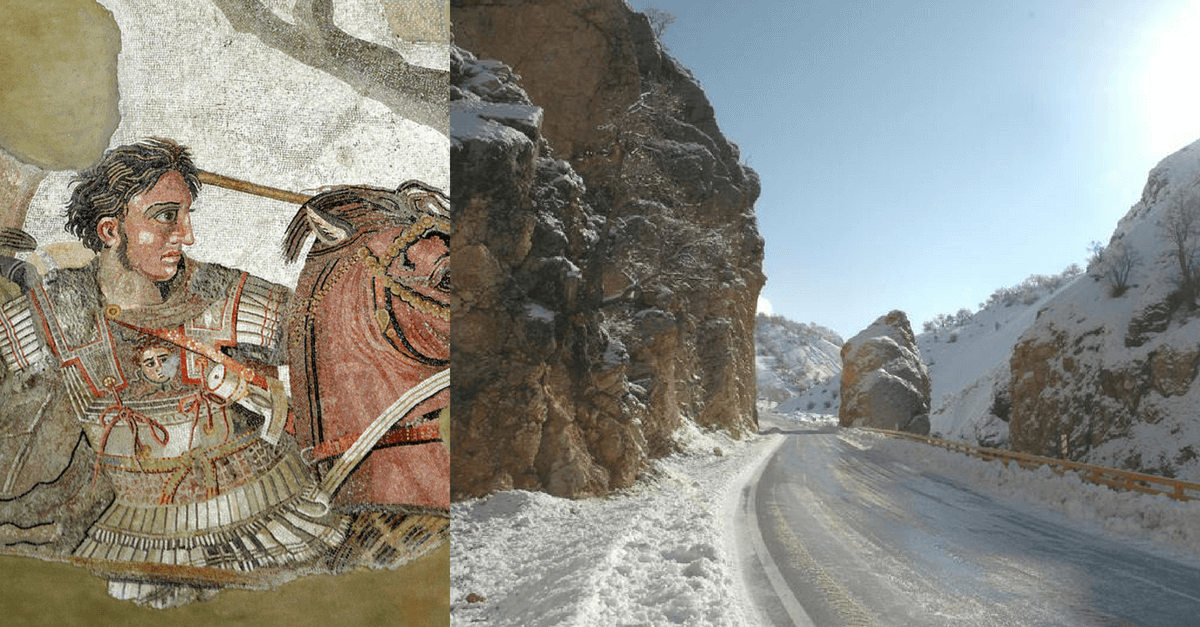The Battle of the Persian Gate is not well-known, despite it being almost identical to the Greek stand at Thermopylae, only with reversed sides. A few big differences, however, made this Persian stand slide into obscurity.
First, The Greeks eventually ousted the Persians from Greece. The Persians were soon conquered after their stand. Secondly, Greek culture went on to dominate the Western world and much of the Middle East, whereas Persian culture became slightly subdued and underwent multiple transformations in its later history.
Nevertheless, this minor battle is certainly worth a look as the few, but brave, Persians gave Alexander the Great one of his biggest challenges in all of his campaigns, causing heavy casualties among the Greeks and bitter frustration.
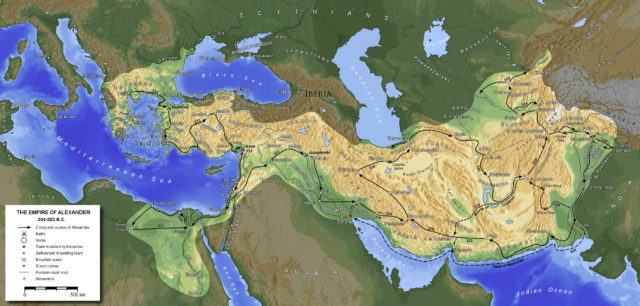
Alexander’s capture of Babylon was less like a seizure of the Great city and more like a parade. After he won the massive battle of Gaugamela and put Darius to flight, the city lay there for his taking. Persia under the Achaemenid Empire had multiple functioning “capitals” and though Babylon was certainly a gem of Alexander’s victory at Gaugamela, the other great city of Persepolis to the southeast remained defiant.
Western Iran is quite rocky and mountainous, giving Alexander only a few good routes to get to Persepolis. One route was through the so-called Persian Gate, a narrow valley following some rolling hills. On his way, Alexander was able to subdue some hill tribes who often operated on an agreed upon toll for Persians to cross their lands. These tribes were easy conquered.
With an abundance of confidence, Alexander and his army boldly marched into the valley of the Persian Gate. The valley narrowed gradually, with ledges overlooking the route on either side.
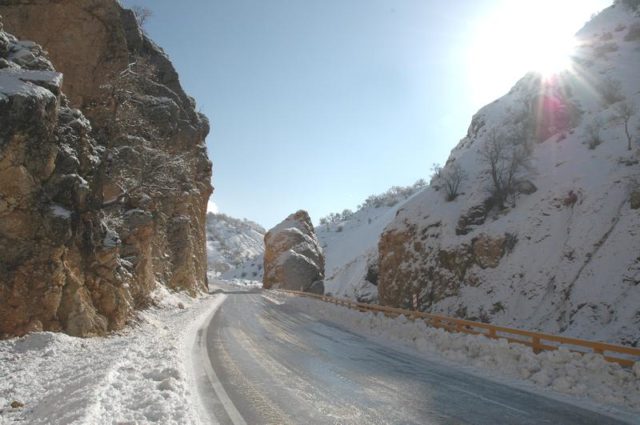
The Persians under Ariobarzanes were quite hopeful in their defense. Unlike the Greeks at Thermopylae, the Persians were able to muster at least 17,000 troops, likely more. This matched the size of Alexander’s army, currently split in two for another approach led by Alexander’s subordinate.
As Alexander’s men entered the pass, the Persians occupied the rising cliffs and crags that hemmed in the narrow pass. at a bend in the pass the Persians erected a wall while putting most of their men on the cliffs, feigning retreat and fear of Alexander’s troops until full units were approaching the wall.
At the right moment, the Persians let loose thousands of arrows and rocks down onto the Macedonians. The rocky terrain allowed the Persians to loosen huge boulders that thundered down with incredible force and speed that they took out dozens of men each. Archers and slingers fired with precision at the masses; huge rocks were heaved over, and boulders continued to roll down from both sides.
The Macedonians, to their credit, tried valiantly to reach their assailants. Men scrambled up the cliffs and soldiers lifted their comrades up to reach the heights. Such a counter-assault was doomed, however, as the Persians simply concentrated their fire on the climbing Macedonians and easily beat them back.
Alexander was forced to call a retreat and most shamefully, he gave orders to leave the Macedonian dead. Funeral rights were of huge importance to the Macedonians and so was being able to go back for their dead. The loss of life was substantial for the Macedonians with whole units lost in the engagement.
Alexander regrouped his army in camp on an open plain after suffering perhaps his single greatest losses of any day of his Persian campaign thus far, possibly even more than at Gaugamela, though the sources are unspecific.
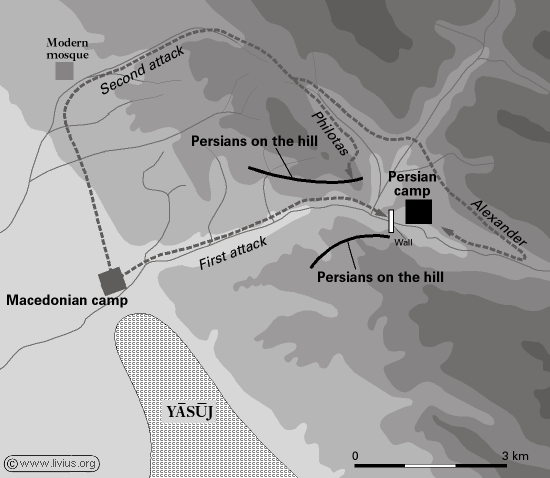
Alexander soon summoned soothsayers as well as prisoners from the area. He found that there were practically no ways around the pass save for a very narrow path through a dense forest. Alexander personally led several hundred to a few thousand of his most elite troops, likely the Silver Shields, wide around the defenders of the pass.
As the remaining Macedonians acted as a decoy, Alexanders men were able to coordinate a pincer attack from a higher position than the defenders. The Persians fought with everything they had, in some sources, the Persians tackled the Macedonians to the ground and stabbed them with their own weapons. Despite the Persian ferocity and numbers, they were no match for the elite of the Macedonian army.
After a bitter struggle where Ariobarzanes and his surrounded men led the last suicidal charge, the battle was finally over. The Macedonians rushed to Persepolis where Alexander ensured that they secured the city treasury as soon as possible. At the time, the great city was one of the richest in the world, and Alexander would be able to fund the remainder of his campaigns primarily with this loot.
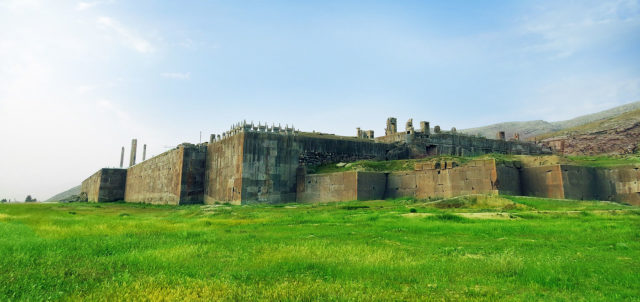
Though the city surrendered to Alexander, he eventually allowed his army full reign to loot and pillage, kill men and enslave the women. This is unusually for Alexander if a city surrendered but likely stemmed out of anger. The comparatively frustrating resistance of the island city of Tyre led to that city’s destruction, and it didn’t take too long for the Macedonians to destroy the once great capital of the Persian Empire.
In addition to the general destruction, Alexander ordered the palace complex to be completely destroyed before he left to pursue Darius, some say it was to compensate for Xerxes burning Athens during the Greco-Persian Wars, but it could have easily been an extension of Alexander’s wrath after losing so many good men in such a horrible battle.
The battle is not often discussed, likely because it puts one of the world’s greatest conquerors in a bad light, but also because the stand was ultimately unsuccessful. Regardless, the stand cost thousands of Macedonian casualties and the dead were shamefully and sacrilegiously left to rot on the field, likely causing Alexander the greatest pains of his entire campaign.
